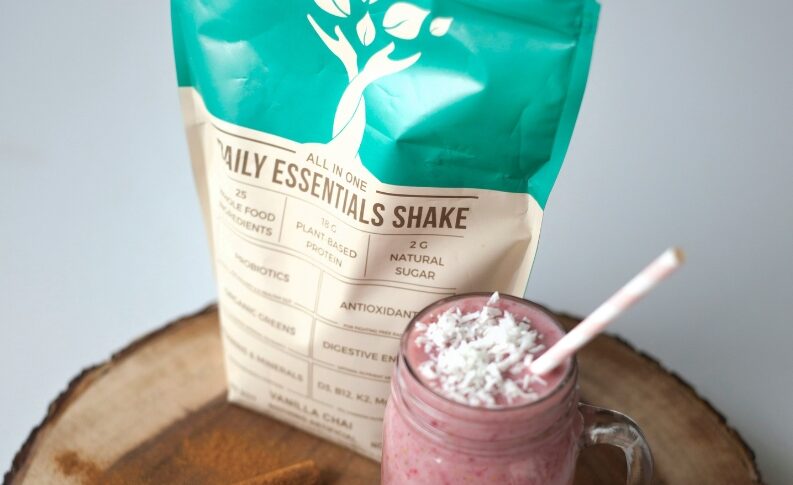Beverage Industry Magazine
Author: Lauren Sabetta
Ravi Arora, sales and marketing director at Global Organics, notes that there’s a growing segment of consumers who resonate with high-protein claims on beverages, and like a protein mix that balances out an amino acid profile.
“Plant proteins offer the necessary variety in this regard, while also creating opportunities for differentiation and innovation in the category,” he says. “There has also been a tremendous level of innovation on sensory aspects in plant-based protein beverages in the last few years.”
“When using plant proteins, product developers have to consider their impact on overall sensory aspects of the finished product,” Global Organics’ Arora says. “Many plant proteins have a dark color or strong beany, grassy, nutty or earthy notes that can affect the color and flavor of the finished product.”
Global Organics’ Halter suggests that beverage-makers also should consider the choice of protein, protein concentration, solubility, texture, pH and stability of the plant protein.
“For example, pea protein is neutral while soy protein has a distinct taste,” Halter explains. “Some plant proteins may clump or sediment, but pre-treating or using isolates can enhance solubility.
“Texture can be gritty or chalky with certain plant proteins,” she continues. “pH and stability must be considered, as some proteins are sensitive to changes.”


